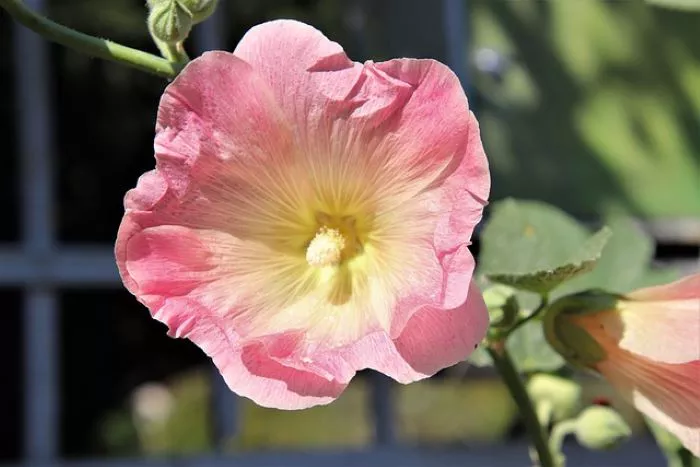Hibiscus flowers are celebrated for their vibrant colors and unique flavors. Drying hibiscus flowers is a great way to preserve their beauty and use them in various culinary applications, such as teas, syrups, and garnishes. Sun drying is a simple and effective method that allows you to maintain the flowers’ natural properties. This article provides a detailed guide on how to dry hibiscus flowers in the sun, ensuring you achieve the best results.
Selecting the Right Hibiscus Flowers
Before you begin the drying process, it is essential to select the right hibiscus flowers. Look for fresh, fully opened flowers that are free from blemishes or signs of disease. The best time to harvest hibiscus flowers is in the morning after the dew has dried but before the sun becomes too intense. This timing helps preserve the flowers’ color and nutrients.
When harvesting, gently pluck the flowers from the plant. Avoid pulling too hard, as this can damage the plant. If you are not using the flowers immediately, place them in a container that allows for air circulation. This will help prevent moisture buildup, which can lead to spoilage.
Preparing the Flowers for Drying
Once you have harvested your hibiscus flowers, it is time to prepare them for drying. Start by rinsing the flowers gently under cool water to remove any dirt or insects. Be careful not to bruise the petals, as they are delicate. After rinsing, place the flowers on a clean towel to dry. Allow them to sit for a few minutes to remove excess water.
Next, remove the calyx, which is the green part at the base of the flower. This step is optional, but removing the calyx can help speed up the drying process and improve the flavor of the dried flowers. You can also remove any damaged or wilted petals to ensure only the best flowers are dried.
Setting Up for Sun Drying
To dry hibiscus flowers in the sun, you need a suitable location. Choose a spot that receives direct sunlight for most of the day. An area with good air circulation is also important to help prevent mold. Avoid places with high humidity, as this can hinder the drying process.
You will need a flat, clean surface to spread the flowers. A baking sheet, a clean screen, or a mesh drying rack works well. If you use a baking sheet, line it with parchment paper to prevent sticking. Ensure that the flowers are spread out in a single layer, allowing space between each flower for air to circulate.
Drying the Hibiscus Flowers
Once you have set up your drying area, it is time to place the hibiscus flowers on the drying surface. Arrange the flowers so that they do not overlap. Overlapping can trap moisture and lead to uneven drying.
Leave the flowers in the sun for several hours, checking them periodically. Depending on the temperature and humidity, the drying process can take anywhere from one to three days. The flowers are ready when they feel crisp and brittle to the touch. If they still feel soft or pliable, they need more time to dry.
Storing Dried Hibiscus Flowers
Once the hibiscus flowers are completely dry, it is important to store them properly to maintain their quality. Use airtight containers, such as glass jars or vacuum-sealed bags, to keep out moisture and air. Label the containers with the date of drying for future reference.
Store the containers in a cool, dark place away from direct sunlight. Proper storage will help preserve the color, flavor, and nutritional value of the dried hibiscus flowers. When stored correctly, dried hibiscus flowers can last for up to a year.
Using Dried Hibiscus Flowers
Dried hibiscus flowers are incredibly versatile and can be used in various ways. One of the most popular uses is to make hibiscus tea. Simply steep the dried flowers in hot water for a few minutes, then strain and enjoy. You can sweeten the tea with honey or sugar and add spices like cinnamon or ginger for extra flavor.
Dried hibiscus can also be used in cooking and baking. The flowers can be added to salads, smoothies, or desserts for a unique flavor and vibrant color. Additionally, they can be used to make syrups, jams, or even as a natural food coloring.
Conclusion
Drying hibiscus flowers in the sun is a simple and effective way to preserve their beauty and flavor. By selecting the right flowers, preparing them properly, and following the drying process, you can enjoy the benefits of dried hibiscus for many months. With proper storage, these vibrant flowers can enhance your culinary creations and provide a delightful taste experience. Whether you use them for tea, garnishes, or cooking, dried hibiscus flowers are a wonderful addition to any kitchen.


